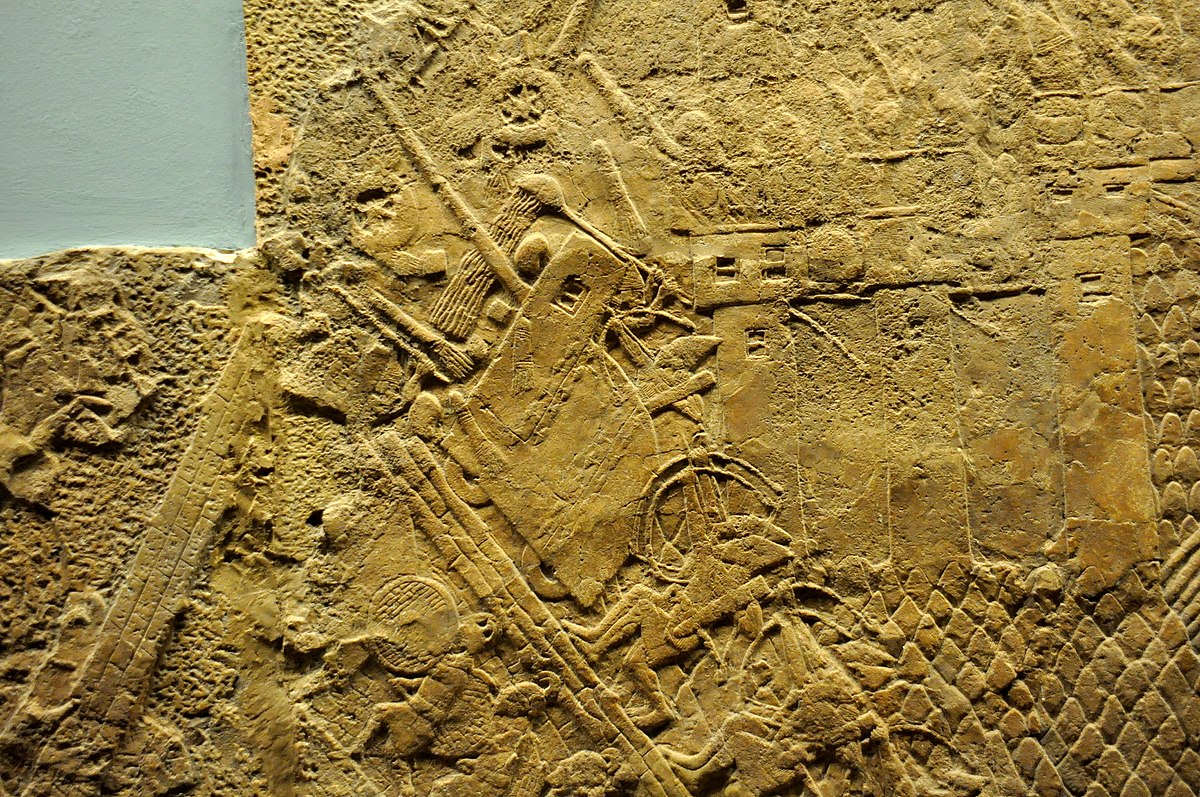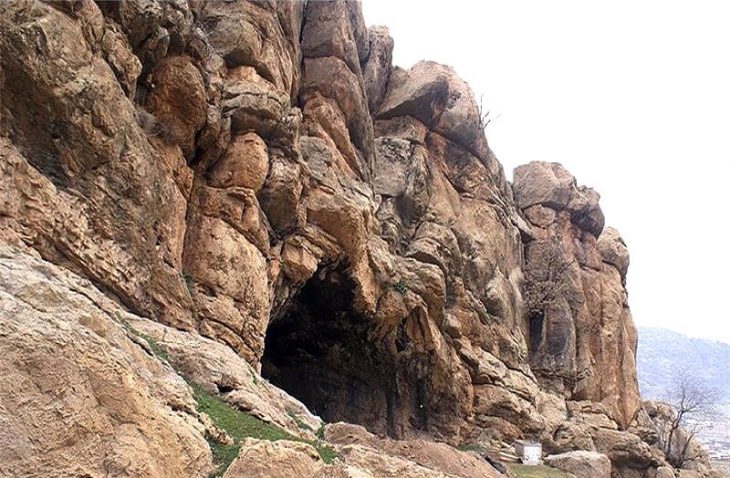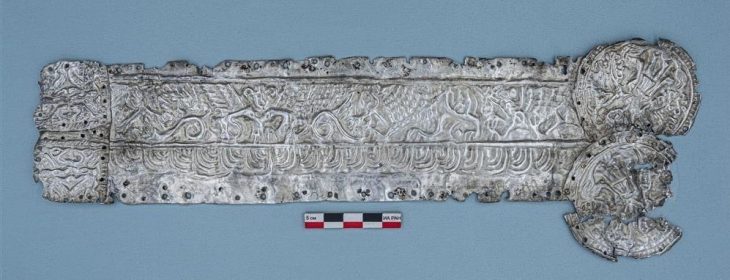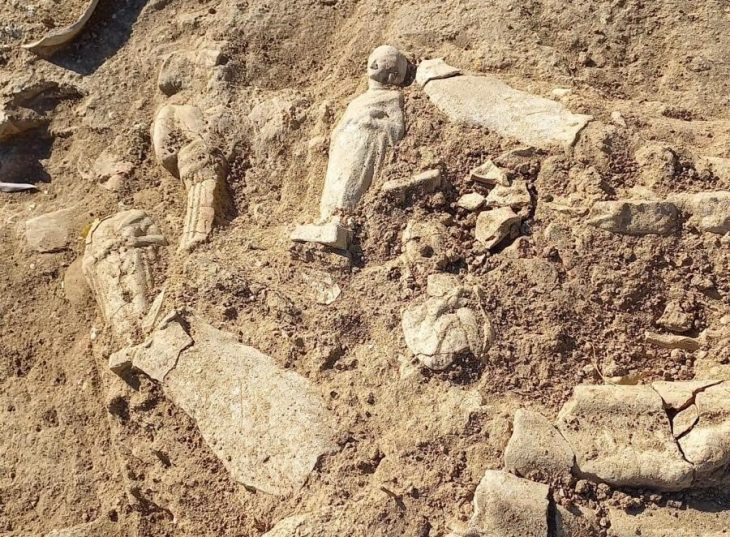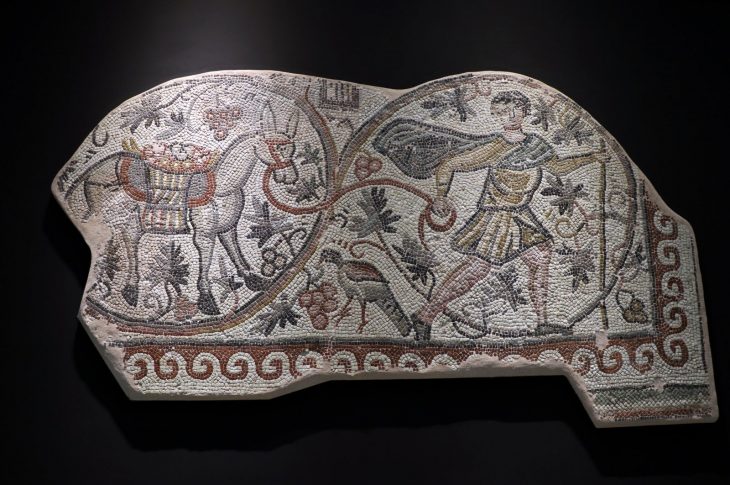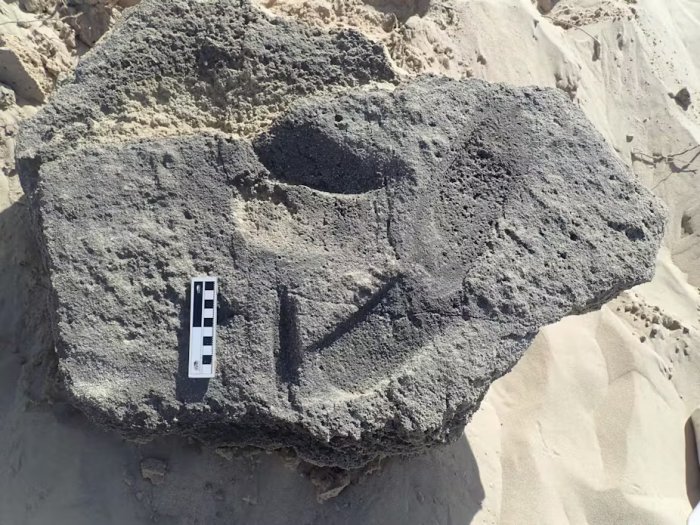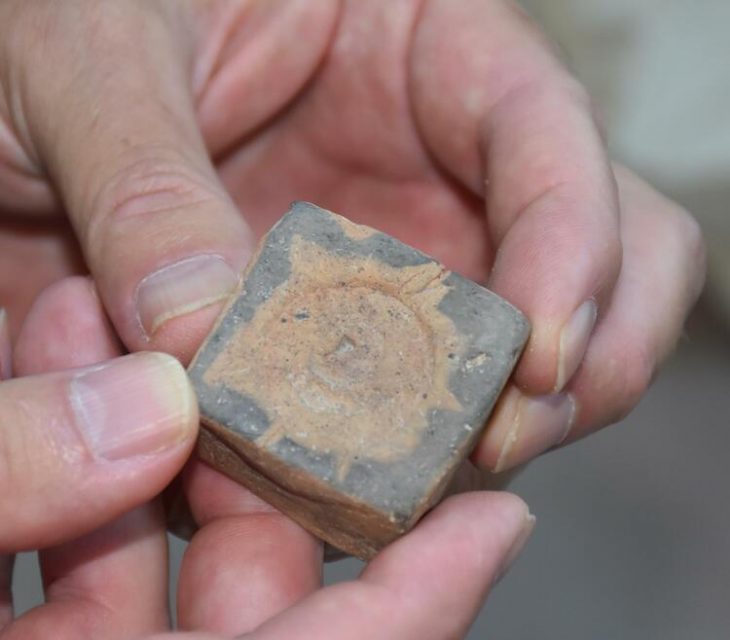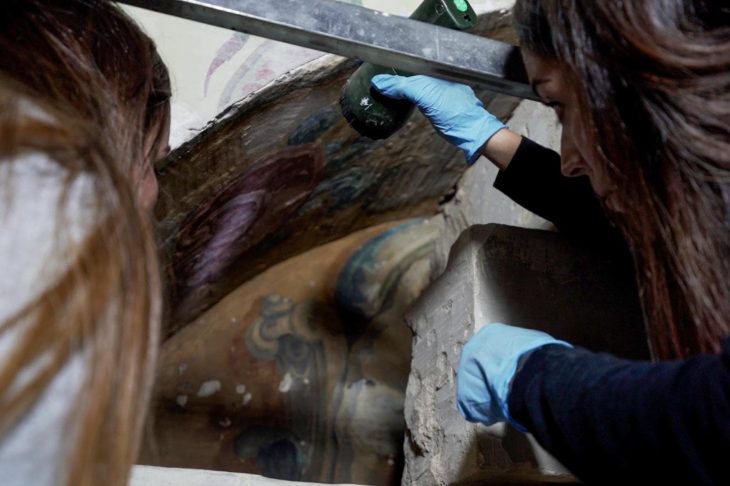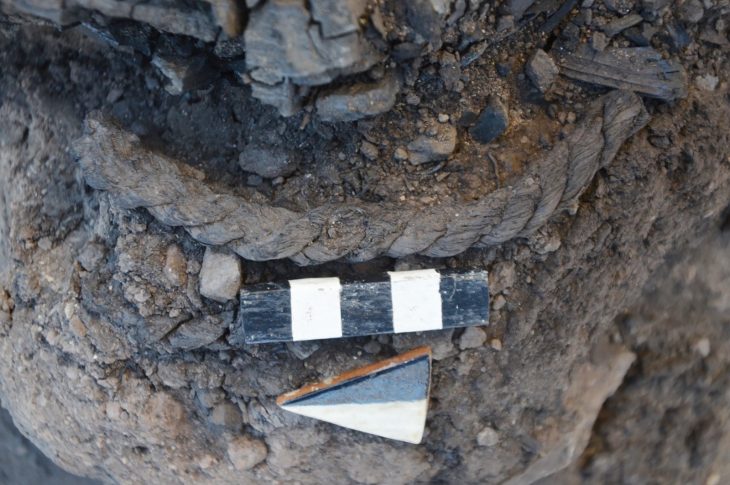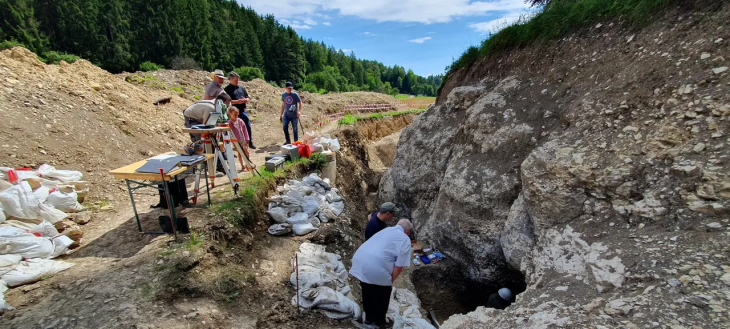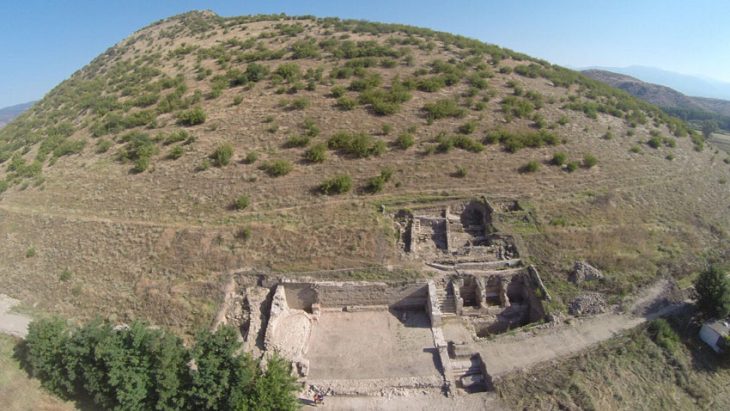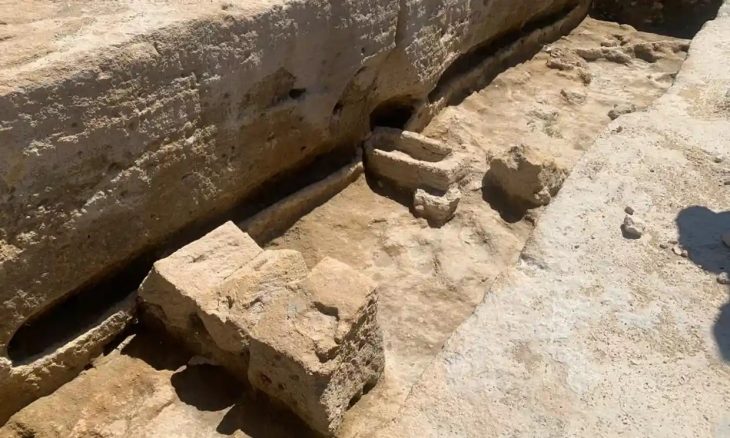Archaeologists discovered how King Sennacherib’s soldiers constructed the huge siege ramp that enabled them to defeat the Lachish city 2,700 years ago.
In one of the most well-documented conflicts in ancient history, Assyrian King Sennacherib captured the Judean city of Lachish, as detailed in the Bible, Assyrian documents, and even artwork that has been conquered to this day.
The Assyrians were once one of the Near East’s superpowers, commanding a geographical mass stretching from Iran to Egypt. They achieved this accomplishment using military innovations that enabled them to win any open-air combat or infiltrate any walled city.
While today, airpower and bunker busters help win the war, back in the ninth to the seventh centuries BCE, it was all about the siege ramp, an elevated structure that hauled battering ramps up to the enemy’s city walls and let the Neo-Assyrians soldiers wreak havoc on their enemies.
The Assyrian siege ramp at Lachish, built-in Israel, is the only surviving physical example of their military prowess in the entire Near East. For the first time, researchers have recreated how the Assyrian army may have constructed the ramp and exploited it to take Lachish.
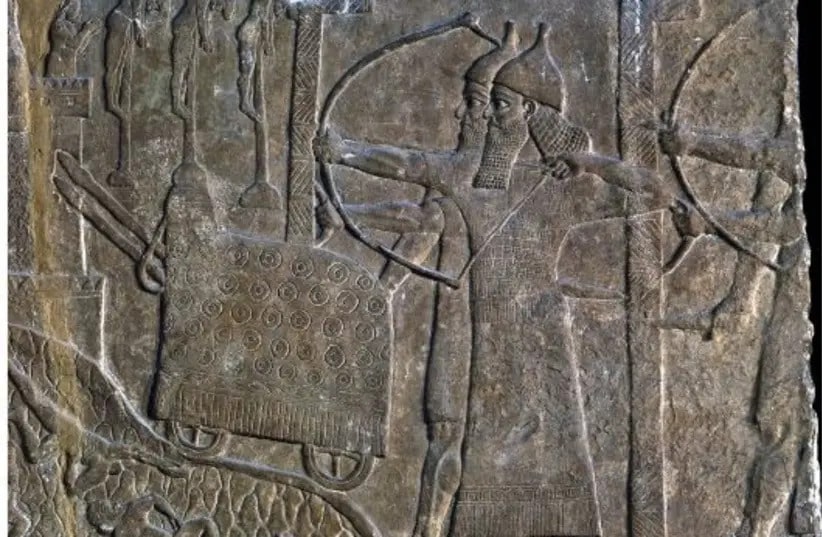
Professor Yosef Garfinkel and Dr. Madeleine Mumcuoglu of the Institute of Archaeology at the Hebrew University of Jerusalem (HU), as well as Professors Jon W. Carroll and Michael Pytlik of Oakland University in the United States, drew on a wealth of sources to provide this complete picture of this historical event.
Biblical texts (2 Kings 18:9–19:37; 2 Chronicles 32; Isaiah 36–37), iconography (stone reliefs showing Assyrian combat scenes), Akkadian inscriptions, archeological investigations, and 21st-century drone pictures make up the massive quantity of material.
“In the fourteenth year of King Hezekiah, King Sennacherib of Assyria marched against all the fortified towns of Judah and seized them,” reads a passage from the 36th chapter of the Book of Isaiah. “From Lachish, the king of Assyria sent the Rabshakeh, with a large force, to King Hezekiah in Jerusalem.”
The results of their research, which combined the analysis of the biblical and historical sources with the study of archaeological remains and the landscape, were recently published in the Oxford Journal of Archaeology.
According to the biblical narrative, Lachish, a famous Canaanite city, was one of the centers captured by Joshua after the Israelites entered the land of Israel. It later became the second most important city in the Kingdom of Judah.
The Assyrian army was led by King Sennacherib attacked Lachish in 701 BCE. Garfinkel’s research gives a vivid depiction of the Assyrians’ building of the gigantic ramp that allowed them to transport battering rams up to the hilltop fortress of Lachish, smash its walls, and completely conquer the city.
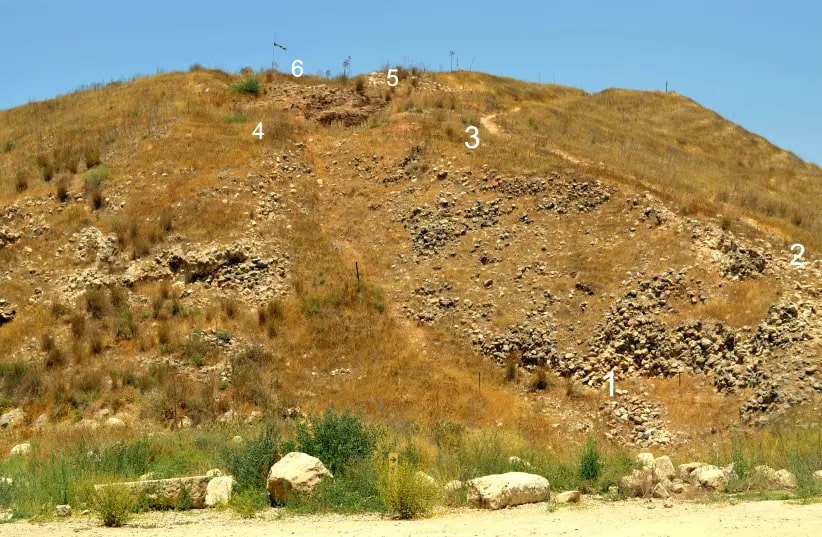
According to Garfinkel, evidence at the site makes it clear that the ramp was made of small boulders, about 6.5 kg each. A major problem faced by the Assyrian army was the supply of such stones: about three million stones were needed. Where did these stones come from?
The answer to this question was the quarry on the edge of the cliff. The stones would have been transported along human chains –passed from man to man by the hand. With four human chains working in parallel on the ramp each working round-the-clock shifts, Garfinkel calculated that about 160,000 stones were moved each day.
In about 25 days, the ramp, which was the shape of a giant triangular wedge, could have reached the city walls. “This model assumes the Assyrians were very efficient, otherwise, it would have taken months to complete,” said Garfinkel.
Indeed, the Assyrian army was referenced in several of the predictions of the prophet Isaiah, who lived at the end of the eighth century BCE and was an eyewitness to the events. He relates to the Assyrians as a mighty, supernatural power, “None of them tired, none of them stumbling, none of them asleep or drowsy, none of them with belt unfastened, none of them with broken sandal-strap.” (Isaiah 5:27).
When the ramp was completed, the Assyrian army breached the city wall with heavy battery rams, disseminating death and destruction.
In the final stage, wooden beams were laid on top of the stones, where the battering rams within their massive siege machines, weighing up to 1 ton, would be securely positioned. The ram, a large, heavy wooden beam with a metal tip, battered the walls by being swung backward and forwards. Garfinkel suggests that the ram was suspended within the siege engine on metal chains, as ropes would quickly wear out. Indeed, an iron chain was found on the top of the ramp at Lachish.
Garfinkel hopes to perform more excavations in the quarry region of Lachish, towards the far edge of the ramp, in the future to learn more about Assyrian fighting methods.

